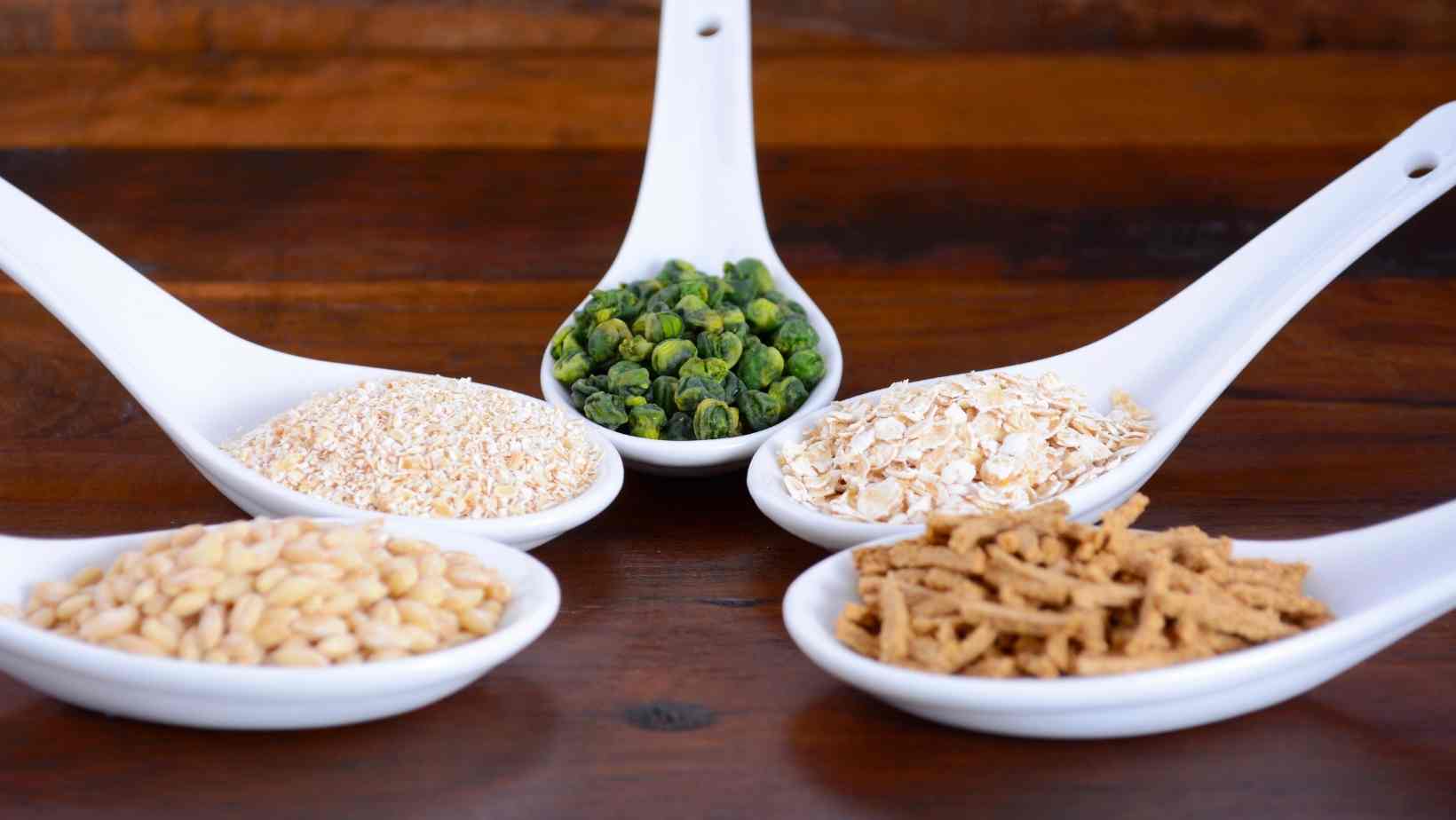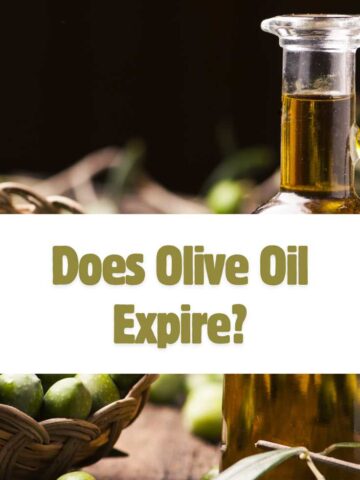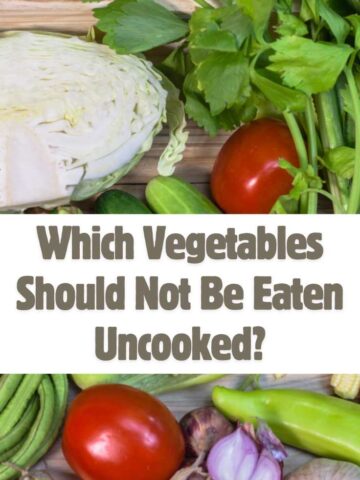Choosing whole grains over processed grains the next time you go grocery shopping can help to keep your family healthy. Whole grains (such as buckwheat, brown rice, and oatmeal) are nutrient-dense due to the presence of the fiber-rich outer bran layer, the nutrient-dense germ, and the starchy endosperm of the grain. Refined grains (such as white bread, white pasta, and white rice) are mostly composed of the endosperm and no other parts.

Whole grains were previously thought to be primarily a source of fiber, which was thought to be beneficial to digestive and cardiovascular health. However, recent research has revealed that they also contain significant amounts of vitamins and minerals, as well as high levels of antioxidants and other beneficial plant-based nutrients. No matter which whole grain you like, be sure it has whole grains in the ingredient list or that the label states "100 percent whole grain" on the packaging.
1. Amaranth
In addition to being gluten-free, amaranth is considered a complete protein because it contains all of the necessary amino acids in the amounts that humans need. This includes lysine, which is lacking in other grains. Additional minerals like iron and selenium may be found in high concentrations in this food. Traditionally, amaranth is popped like little popcorn in South America. Most children like pasta, and amaranth may be used as a replacement for couscous or orzo in a variety of dishes. Amaranth flour may be used to produce a variety of delicious baked items, including zucchini bread, carrot cake, banana nut muffins, and pancakes.
2. Barley
Barley is a fiber powerhouse with high protein content. Despite the fact that hulled barley has more fiber-rich bran than pearled barley, both types of barley include beta-glucan soluble fiber, which slows the absorption of glucose and helps to maintain blood sugar levels steady, so delivering continuous energy throughout the day In addition, barley contains selenium, which is a potent antioxidant. Barley is an excellent addition to soups and may also be used to create pilaf. It can also be used to make a hot morning cereal, which is delicious. Cooking hulled barley (which is not a whole grain) will take longer than cooking pearled barley (which is not a whole grain), perhaps 50 to 60 minutes.

3. Oats
Oats also include beta-glucan fiber, which has been shown to decrease cholesterol levels and assist the immune system in certain people. Oats contain polyphenol chemicals that have been shown in laboratory experiments to have antioxidant effects. Apart from being a traditional morning food, oatmeal may also be used as a binder in meatloaf and burgers, as well as in baked goods. Additionally, oats are delicious in baked products, such as oatmeal cookies, as a crunchy topping for crisps and crumbles, and even as a filling for casserole dishes.
4. Quinoa
Quinoa, like amaranth, is a complete protein that includes all nine necessary amino acids in the appropriate proportions. It is also gluten-free. Furthermore, quinoa is a fantastic provider of magnesium, as well as a decent source of iron and folate, among other nutrients. Furthermore, quinoa is simple to prepare. While not essential, toasting quinoa before boiling it in liquid, as well as heating it in veggie broth, improves the taste of the dish. Quinoa may also be prepared in a rice cooker if desired. Before boiling the quinoa, rinse it well using a fine mesh strainer to eliminate chemicals known as saponins, which may give the quinoa a harsh flavor when cooked. Quinoa is entertaining for children since it pops in the mouth when eaten and is available in a variety of hues, including beige, red, black, and even purple. Quinoa may be served as a side dish with beans or nuts, or it can be used in salads and stir-fries.
5. Teff
Teff, a gluten-free grain that is high in protein, is a wonderful source of energy. Teff is particularly high in thiamin (a B vitamin), and it is also a significant source of fiber, iron, magnesium, and other nutrients. Teff grains are small and have a mild nutty taste. They are often used in baking. Traditionally produced in Ethiopia, where it is used to create the traditional flatbread known as injera, it is now being grown in a number of locations throughout the country, including numerous parts of the United States. Cook the grain until it becomes a creamy hot cereal or a wonderful polenta, depending on your preference. You may also serve teff as a side dish by combining it with vegetables.




